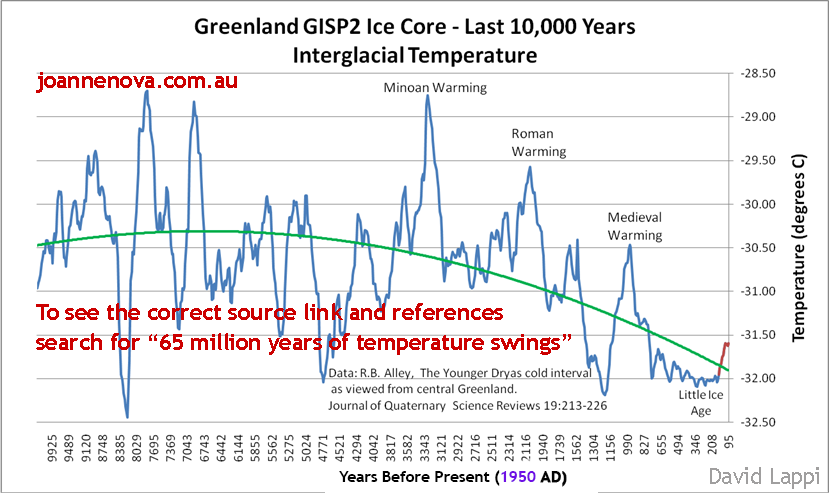LeBrok
Elite member
- Messages
- 10,261
- Reaction score
- 1,617
- Points
- 0
- Location
- Calgary
- Ethnic group
- Citizen of the world
- Y-DNA haplogroup
- R1b Z2109
- mtDNA haplogroup
- H1c
Whole Balkans were settled in just 300 years!
Strontium isotopes document greater human mobility at the start of the Balkan Neolithic
http://www.nature.com/ncomms/2014/141021/ncomms6257/full/ncomms6257.html
Farmers settled Thessaly around 8500 years ago and by 8200 they reached Danube Gorge. It is not about walking the distance, but producing surplus of people, looking for new agricultural grounds, bringing all the material culture with them, building new homes and villages, clearing land for farming, etc. These things take time. They produced enough people in 10 generations to settle around the Balkans from Greece to Hungary.
Furthermore:
The traditional view of the Neolithic in the Balkan Peninsula involved the expansion of farmers out of the plains of Thessaly and northern Greece, moving up the natural corridors of the major river valleys with general northward and westward directions (11). However, more recent reevaluations of existing radiocarbon dates suggest that it is unlikely that Initial or Early Neolithic sites in Thessaly were established earlier than ∼6500/6400 calibrated (cal) B.C., many possibly later, between ∼6300 and ∼6100 cal B.C. (12, 13). Several recent accelerator mass spectrometry (AMS) radiocarbon dates for Early Neolithic communities in the central and northern Balkans suggest a rapid spread of farming communities as early as ∼6300/6200 cal B.C. (14,15). Resolution of various competing models strongly depends on evidence regarding human mobility in this region.
Strontium isotopes document greater human mobility at the start of the Balkan Neolithic
http://www.nature.com/ncomms/2014/141021/ncomms6257/full/ncomms6257.html
Farmers settled Thessaly around 8500 years ago and by 8200 they reached Danube Gorge. It is not about walking the distance, but producing surplus of people, looking for new agricultural grounds, bringing all the material culture with them, building new homes and villages, clearing land for farming, etc. These things take time. They produced enough people in 10 generations to settle around the Balkans from Greece to Hungary.
Furthermore:
There were also probably several chronologically separate events during which individuals from likely Neolithic communities interacted with and became incorporated into forager communities in the Danube Gorges in the centuries after ∼6200 cal B.C. Our study unequivocally proves that in the earliest phases of the Neolithic in southeastern Europe, perhaps paradoxically, farming communities were much more mobile than local foraging populations, which in the case of the Danube Gorges remained tied to the exploitation of particular ecological niches since the beginning of the Holocene up until ∼6200 cal B.C.
This process of asymmetrical acculturation ended up in a complete absorption of forager specificity in the first several centuries of the sixth millennium B.C.





